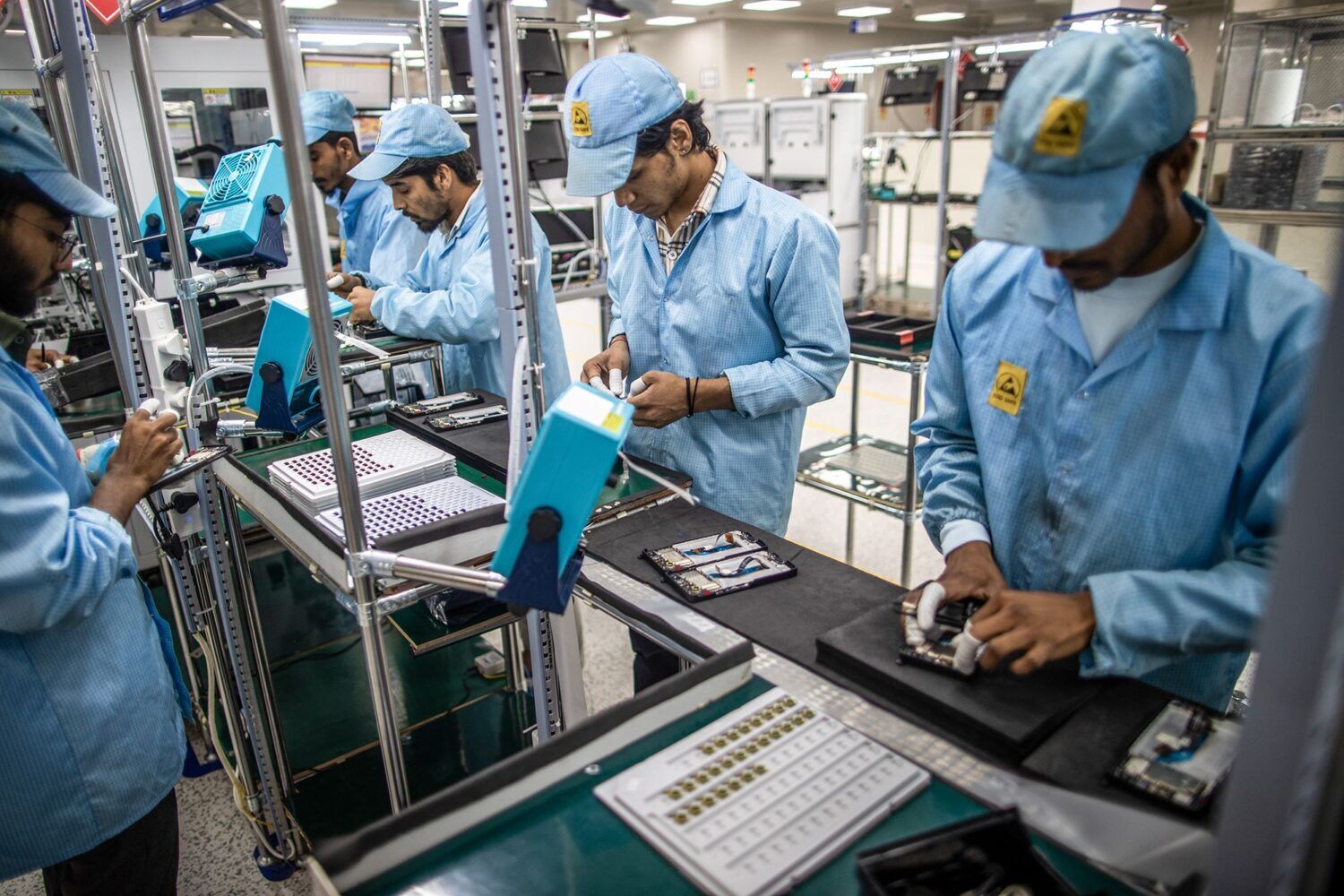The recent implementation of substantial tariff increases by the U.S. government is expected to impact consumer prices across multiple sectors of the economy. These trade policy changes, representing the most significant import tax adjustments in decades, will likely lead to noticeable cost increases for various everyday products in the coming months.
Electronics and technology products appear particularly vulnerable to price hikes. Many consumer electronics, including smartphones, laptops, and home appliances, contain components subject to the new tariffs. Industry analysts predict these products could see retail price increases of 8-12% as manufacturers and retailers pass along higher import costs. The timing is especially challenging as back-to-school and holiday shopping seasons approach, potentially forcing consumers to adjust their purchasing plans.
Automotive products represent another category facing substantial cost pressures. Imported vehicles and auto parts from certain countries will be subject to significantly higher tariffs, which could translate to $1,500-$3,000 increases on affected models. The used car market may experience collateral effects as well, with prices potentially rising as demand shifts away from more expensive new vehicles. Repair costs could also climb as replacement parts become more costly.
Home improvement and construction materials are expected to see marked price increases. Items like steel nails, aluminum extrusions, and various building supplies face steep new tariffs that will likely add hundreds or even thousands of dollars to construction project costs. This comes at a time when housing affordability remains a critical issue nationwide, potentially exacerbating challenges for first-time homebuyers and renters facing new construction delays.
The clothing and footwear industry anticipates widespread price adjustments. While some retailers may initially absorb portions of the increased costs to remain competitive, most analysts expect these savings to be temporary. By mid-2025, many apparel items could carry 10-15% higher price tags, with luxury goods and performance wear potentially seeing even steeper increases due to their specialized materials and manufacturing processes.
Grocery stores may need to raise prices on several imported food items. Certain cheeses, olive oils, and processed foods from specific countries will face new tariffs that could add noticeable amounts to consumers’ weekly food bills. The timing coincides with already elevated food inflation, potentially compounding financial pressures on household budgets.
The tariff impacts extend beyond consumer goods to industrial and business inputs. Manufacturers relying on imported raw materials or components may face difficult choices between absorbing higher costs or raising prices for their customers. This could create ripple effects throughout supply chains, ultimately affecting prices for a wide range of domestic products that incorporate tariff-affected imports.
Specialty goods and leisure activities represent an additional sector where consumers might experience financial pressure. Items such as musical instruments, sports equipment, and crafting materials that depend on overseas components may encounter notable price increases. These unique markets frequently possess fewer local substitutes, providing purchasers with restricted choices to circumvent the increased expenses.
The full economic impact will depend on several factors, including how quickly importers can adjust their supply chains, the availability of domestic alternatives, and potential retaliatory measures from trading partners. Some economists warn that the cumulative effect across multiple product categories could meaningfully impact inflation measures and consumer spending patterns in the months ahead.
Certain industries may experience more immediate effects than others. Products with longer inventory cycles, like automobiles and appliances, might not show price changes for several months as retailers work through existing stock. Conversely, goods with rapid turnover, such as fashion items and seasonal products, could reflect tariff impacts much sooner.
People aiming to lessen the financial burden might explore a variety of tactics. Opting for local alternatives when possible, making significant purchases before the complete effects of tariffs are felt, or considering second-hand markets could help counter some anticipated price hikes. Nonetheless, for numerous imported products with few alternatives, escaping increased expenses might be difficult.
The tariff changes arrive during a period of economic uncertainty, with many households already adjusting to elevated prices across numerous categories. The additional pressure on specific product groups could force difficult budgeting decisions and potentially alter consumption patterns in ways that ripple through the broader economy.
As companies and buyers adjust to the evolving trade environment, the complete implications of these policy shifts will slowly reveal themselves. What is definite is that the pricing framework for numerous common goods is undergoing a notable transformation, and consumers in the United States are expected to notice the impacts at cash registers across the country.




